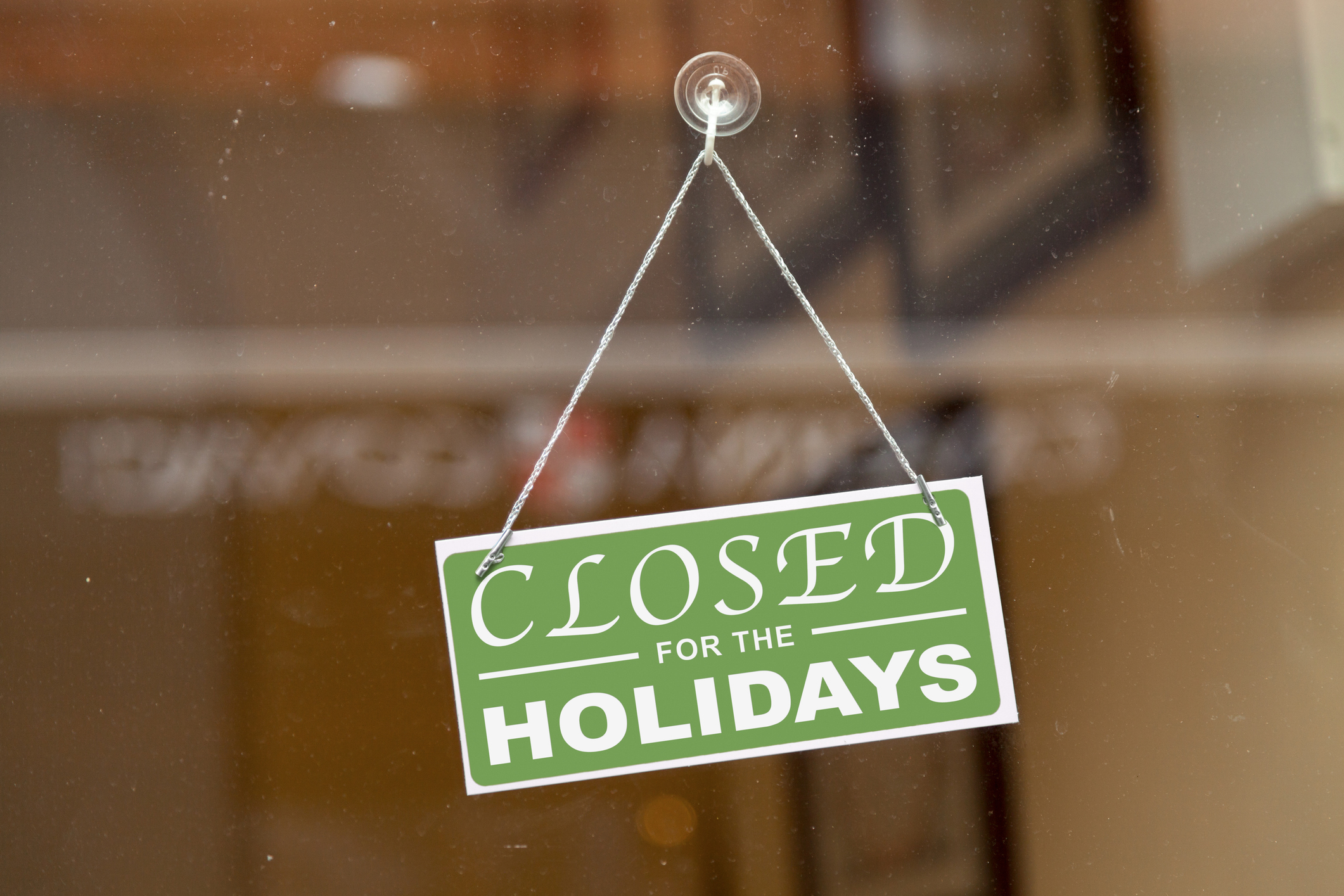How You Can 'TAP' into Home Equity to Help Keep Your Retirement Stable
When used judiciously, a home equity line of credit, or HELOC, can be a tool to help retirees control their taxes and can serve as a potential backstop when unexpected expenses hit.

Retirees face plenty of financial challenges these days, from volatile markets that can upend their security to low interest yields that in some cases don’t even allow them to keep up with inflation.
But with all the issues that confront them, perhaps the most significant financial burden is this one: taxes. After all, many retirees — and people approaching retirement — have stashed much of their savings in traditional IRAs or 401(k)s, which are tax-deferred methods for accumulating wealth. Also, taxpayers may elect to use other tax-deferred accounts in order to avoid interest, dividends and capital gains from spilling onto their tax returns. These methods can allow taxpayers to potentially lower their income and taxes.
However, once we “turn on the faucet” and withdraw money from these tax-deferred accounts, additional income will need to be claimed on our tax returns.

Sign up for Kiplinger’s Free E-Newsletters
Profit and prosper with the best of expert advice on investing, taxes, retirement, personal finance and more - straight to your e-mail.
Profit and prosper with the best of expert advice - straight to your e-mail.
That is, unless the retirees take steps that will help them reduce how much they owe the government. After all, designing a strategic income plan to help mitigate the tax burden of income in retirement is an essential, but often neglected, part of financial planning.
I refer to such a plan as “TAP,” or tax-advantaged payout. One lesser-known tool to consider tapping into for tax-free income is a home equity line of credit, or HELOC, on your home.
Here are two scenarios in which a HELOC may make sense in your retirement:
IRA drawdown.
Consider the example of an average married retired couple wanting to stay in the 12% tax bracket as joint filers. They can take up to $78,950 of taxable income from their IRAs to stay under this threshold in 2019, and that amount increases to $103,350 after adding the standard deduction of $24,400. Then, for any additional funds they may need during the year, they can tap into the HELOC. For example, if they take $15,000 out, they will actually receive $15,000 tax-free.
By comparison, taking the same amount from their IRA would push them into the 22% tax bracket, resulting in $3,300 in federal taxes being due in addition to any state or local income taxes. Thus, they may only receive roughly $10,000 after taxes from their IRA withdrawal. Not only is the HELOC tax-free, the interest rate charged on a HELOC is generally low at this point in time. In addition, depending on what you use the money for, that interest may be tax deductible, and repayments can be planned over a multiyear term to be covered by future IRA distributions or other investment income. This strategic “TAP” approach spreads out the tax impact to continuously stay under tax bracket thresholds, keeping as much of your money in your hands as possible.
Emergency money.
Unexpected expenses can crop up throughout a lifetime, whether for significant home repairs, health care needs or other costly surprises. If you do not have the funds available in a checking or savings account, don’t let the emotion of a stressful emergency drive you to make impulsive (and costly) financial decisions. Rather than turning to a high-interest credit card or cashing out investments at an inopportune time in the market, a HELOC can be a smart place to turn. This can give your financial adviser time to plan an exit strategy rather than rushing to liquidate securities. This also allows time to design a repayment plan that maximizes both tax and investment advantages to your favor.
As a bonus potential savings opportunity, if you are considering purchasing a new home or refinancing an existing home, you may consider setting up a HELOC at the same time. Many banks will offer a discounted or “free” HELOC closing, making it an even more cost-effective tool to consider.
Of course, like most things in life a HELOC does have disadvantages. For example, the interest rate is variable, which means the monthly payment can be unpredictable, especially during times of rising interest rates.
While there are other ways to leverage the equity of your home to create cash flow in retirement, a HELOC may be most desirable for some retirees, based on its flexibility for scenarios such as future downsizing or the potential need for assisted living facilities down the road.
In short, a HELOC can be a powerful tool as part of a proactive and comprehensive cash-flow plan in retirement.
Ronnie Blair contributed to this article.
Disclaimer
Investment advisory services are offered through Calibre Investment Management, LLC, a Registered Investment Adviser. For a list of full disclosures, please click here and scroll to the bottom of the page.
Get Kiplinger Today newsletter — free
Profit and prosper with the best of Kiplinger's advice on investing, taxes, retirement, personal finance and much more. Delivered daily. Enter your email in the box and click Sign Me Up.

Pete Lang is an Investment Adviser Representative and president of Lang Capital, with offices in Hilton Head and Charlotte, N.C. Now retired from the public practice of law and accounting after 20 years, Pete specializes in assisting his clients with investment, retirement and tax-planning strategies.. His background makes him uniquely qualified to handle the most complex retirement, tax and estate plans.
-
 Customer Services are Strained at the SSA, You Should Plan Around These Federal Holidays
Customer Services are Strained at the SSA, You Should Plan Around These Federal HolidaysIf you have a question or need information from a federal agency, check the federal holiday schedule to make sure you get your business done before they close.
By Donna LeValley
-
 Stock Market Today: No 'Powell Put'? No Problem
Stock Market Today: No 'Powell Put'? No ProblemInvestors, traders and speculators look beyond both another Trump post and more signs of slowing economic activity.
By David Dittman
-
 First 100 Days: Trump's Impact on Your Finances
First 100 Days: Trump's Impact on Your FinancesHere are some opportunities to consider regarding investing, interest rates and tax cuts as the financial landscape shifts under the new administration.
By Daniel Razvi, Esquire
-
 What Would Happen if You Put Your Tax Refund in an IRA?
What Would Happen if You Put Your Tax Refund in an IRA?Not only could you get a tax break, but the compounding effect over 35 years could turn the average refund into nearly $14,000.
By Romi Savova
-
 Children Can't Afford to Fly the Nest? Here's How to Help
Children Can't Afford to Fly the Nest? Here's How to HelpThe high cost of living means more adult children are staying at home. Here are four ways to help financially so they can eventually spread their wings.
By Kelli Kiemle, AIF®
-
 A QLAC Does So Much More Than Simply Defer Taxes
A QLAC Does So Much More Than Simply Defer TaxesHere are the multiple ways you can use a QLAC, from managing retirement risks to creating income for specific retirement needs and wants.
By Jerry Golden, Investment Adviser Representative
-
 Self-Directed Brokerage Accounts: Retirement's Hidden Gem?
Self-Directed Brokerage Accounts: Retirement's Hidden Gem?SDBAs are often overlooked, but they can offer more flexibility and growth potential inside your 401(k) when actively managed by a professional.
By Scott M. Dougan, RFC, Investment Adviser
-
 Early-Stage Startup Deals: How Does a SAFE Work?
Early-Stage Startup Deals: How Does a SAFE Work?Investing in an early-stage startup can get complicated fast, so the venture capital industry turns to other investing options. One is a SAFE.
By Murat Abdrakhmanov
-
 Should You Hire a Public Adjuster for Your Insurance Claim?
Should You Hire a Public Adjuster for Your Insurance Claim?As natural disasters strike more often, insurance clients are asking, 'What should I do, or who should I hire, if my insurance company is jerking me around?'
By H. Dennis Beaver, Esq.
-
 Tips to Help Entrepreneurs Create Self-Sustaining Businesses
Tips to Help Entrepreneurs Create Self-Sustaining BusinessesWith the right processes and people in place, a truly sustainable business can be efficiently passed on to a successor and run profitably on its own.
By Jason L Smith, CEP®, BPC